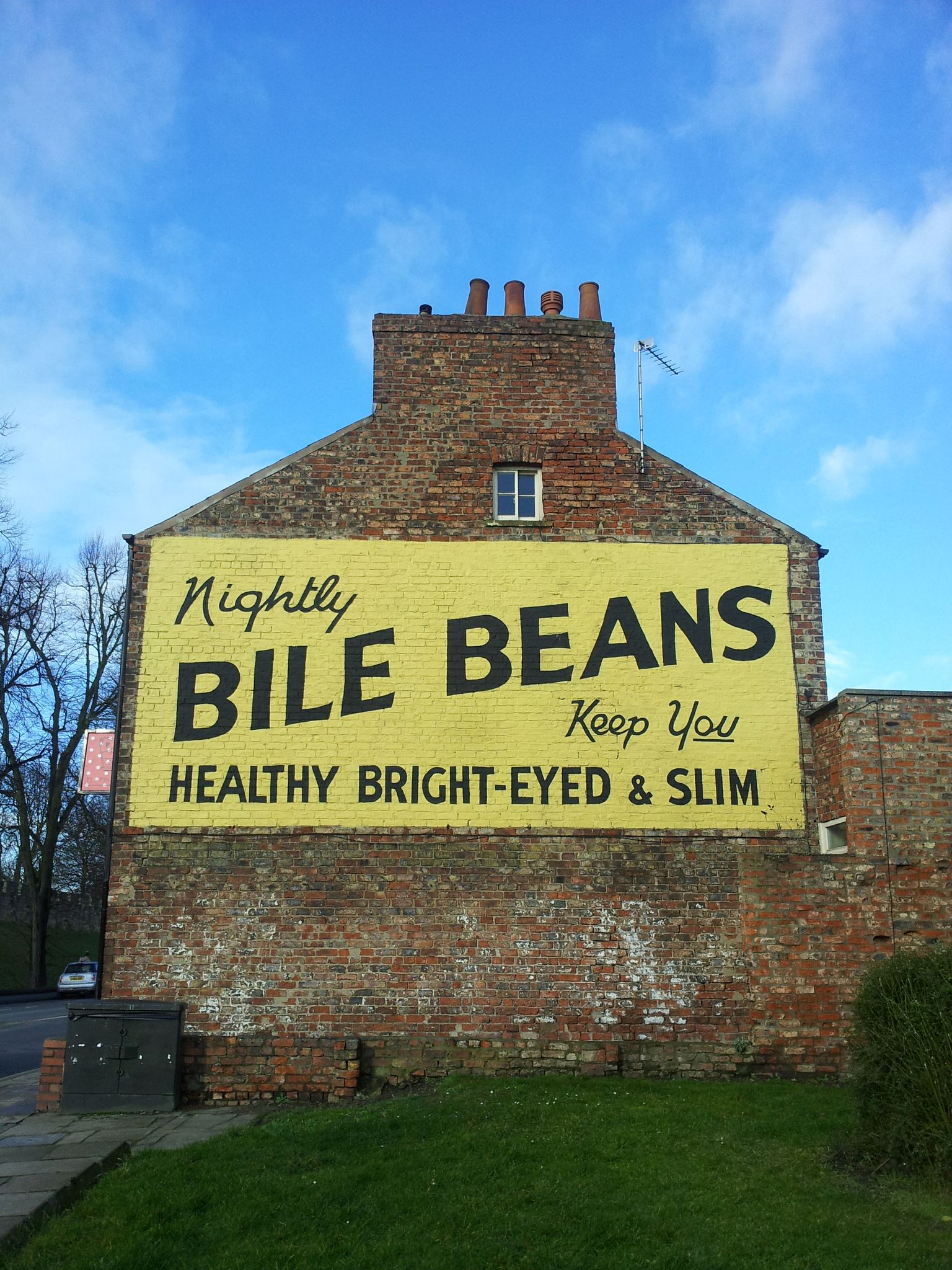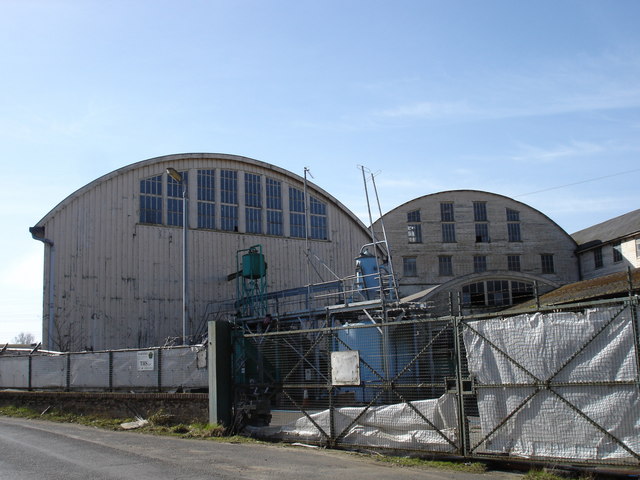|
Zam-Buk
Zam-Buk is a patent medicine which was produced by the Zam-Buk Company of Leeds, England, founded by Charles Edward Fulford. It was first sold by his Bile Beans company in 1902, as a herbal balm and antiseptic ointment; the use of a complementary Zam-Buk soap was recommended to augment the treatment. The ointment was advertised as being effective against a wide range of conditions, including cuts, bruises, sprains, ulcers, bleeding piles and even colds and toothache. It could also be used as an embrocation by rubbing it into the muscles of the back, legs or feet. The source of the name is uncertain, but a link to South Africa has been suggested. It remains very widely popular in South Africa. The brand name was at one time used to refer to ambulance-men and first aiders at rugby league matches in Australia and New Zealand. The product is still manufactured today, often by Bayer, who now owns the trade mark in some, but not all, countries. It is available in Southern Africa, Malay ... [...More Info...] [...Related Items...] OR: [Wikipedia] [Google] [Baidu] |
Bile Beans
Bile Beans was a laxative and tonic first marketed in the 1890s. The product supposedly contained substances extracted from a hitherto unknown vegetable source by a fictitious chemist known as Charles Forde. In the early years Bile Beans were marketed as "Charles Forde's Bile Beans for Biliousness", and sales relied heavily on newspaper advertisements. Among other cure-all claims, Bile Beans promised to "disperse unwanted fat" and "purify and enrich the blood". Although the manufacturer claimed that the formula for Bile Beans was based on a vegetable source known only to Aboriginal Australians, its actual ingredients, which included cascara, rhubarb, liquorice and menthol, were commonly found in pharmacies of the period. A court case initiated in Scotland in 1905 found that the Bile Bean Manufacturing Company's business was based on a fraud and conducted fraudulently, but Bile Beans continued to be sold until the 1980s nevertheless. Formulation and manufacture Charles Edward F ... [...More Info...] [...Related Items...] OR: [Wikipedia] [Google] [Baidu] |
Radio Luxembourg (English)
Radio Luxembourg was a multilingual commercial broadcaster in Luxembourg. It is known in most non-English languages as RTL (for Radio Television Luxembourg). The English-language service of Radio Luxembourg began in 1933 as one of the earliest commercial radio stations broadcasting to the UK and Ireland. The station provided a way to circumvent British legislation which until 1973 gave the BBC a monopoly of radio broadcasting on UK territory and prohibited all forms of advertising over the domestic radio spectrum. It boasted the most powerful privately owned transmitter in Europe (200 kW, broadcasting on medium wave). In the late 1930s, and again in the 1950s and 1960s, it had large audiences in Britain and Ireland with its programmes of popular entertainment, and was an important forerunner of pirate radio and modern commercial radio in the United Kingdom. Radio Luxembourg's parent company, RTL Group, continued its involvement in broadcasts to a UK audience with the Br ... [...More Info...] [...Related Items...] OR: [Wikipedia] [Google] [Baidu] |
Shilling
The shilling is a historical coin, and the name of a unit of modern currencies formerly used in the United Kingdom, Australia, New Zealand, other British Commonwealth countries and Ireland, where they were generally equivalent to 12 pence or one-twentieth of a pound before being phased out during the 20th century. Currently the shilling is used as a currency in five east African countries: Kenya, Tanzania, Uganda, Somalia, as well as the ''de facto'' country of Somaliland. The East African Community additionally plans to introduce an East African shilling. History The word ''shilling'' comes from Old English "Scilling", a monetary term meaning twentieth of a pound, from the Proto-Germanic root skiljaną meaning 'to separate, split, divide', from (s)kelH- meaning 'to cut, split.' The word "Scilling" is mentioned in the earliest recorded Germanic law codes, those of Æthelberht of Kent. There is evidence that it may alternatively be an early borrowing of Phoeni ... [...More Info...] [...Related Items...] OR: [Wikipedia] [Google] [Baidu] |
Patent Medicines
A patent medicine, sometimes called a proprietary medicine, is an over-the-counter (nonprescription) medicine or medicinal preparation that is typically protected and advertised by a trademark and trade name (and sometimes a patent) and claimed to be effective against minor disorders and symptoms. Its contents are typically incompletely disclosed. Antiseptics, analgesics, some sedatives, laxatives, and antacids, cold and cough medicines, and various skin preparations are included in the group. The safety and effectiveness of patent medicines and their sale is controlled and regulated by the Food and Drug Administration in the United States and corresponding authorities in other countries.https://www.merriam-webster.com/dictionary/patent%20medicine The term is sometimes still used to describe quack remedies of unproven effectiveness and questionable safety sold especially by peddlers in past centuries, who often also called them elixirs, tonics, or liniments. Current example ... [...More Info...] [...Related Items...] OR: [Wikipedia] [Google] [Baidu] |
British Newspaper Archive
The British Newspaper Archive web site provides access to searchable digitized archives of British and Irish newspapers. It was launched in November 2011. History The British Library Newspapers section was based in Colindale in north London, until 2013, and is now divided between the St Pancras and Boston Spa sites. The library has an almost complete collection of British and Irish newspapers since 1840. This is partly because of the legal deposit legislation of 1869, which required newspapers to supply a copy of each edition of a newspaper to the library. London editions of national daily and Sunday newspapers are complete back to 1801. In total, the collection consists of 660,000 bound volumes and 370,000 reels of microfilm containing tens of millions of newspapers with 52,000 titles on 45 km of shelves. After the closure of Colindale in November 2013, access to the 750 million original printed pages was maintained via an automated and climate-controlled storage f ... [...More Info...] [...Related Items...] OR: [Wikipedia] [Google] [Baidu] |
Fisons
Fisons plc was a British multinational pharmaceutical, scientific instruments and horticultural chemicals company headquartered in Ipswich, United Kingdom. It was listed on the London Stock Exchange and was once a constituent of the FTSE 100 Index. It was acquired by Rhone-Poulenc in 1995. History The business was established by Edward Packard, one of the first to manufacture superphosphate derived from coprolites, in 1843.Early history of the company to 1960 at UK Competition Commission, 1960. (PDF) Accessed September 2007 In 1863 he was joined in business by his son, also named , who was inst ... [...More Info...] [...Related Items...] OR: [Wikipedia] [Google] [Baidu] |
Commercial Radio
Commercial broadcasting (also called private broadcasting) is the broadcasting of television programs and radio programming by privately owned corporate media, as opposed to state sponsorship. It was the United States′ first model of radio (and later television) during the 1920s, in contrast with the public television Public broadcasting involves radio, television and other electronic media outlets whose primary mission is public service. Public broadcasters receive funding from diverse sources including license fees, individual contributions, public financing ... model in Europe during the 1930s, 1940s and 1950s, which prevailed worldwide, except in the United States and Brazil, until the 1980s. Features Advertising Commercial broadcasting is primarily based on the practice of airing radio advertisements and television advertisements for profit. This is in contrast to public broadcasting, which receives government subsidies and usually does not have paid advertising int ... [...More Info...] [...Related Items...] OR: [Wikipedia] [Google] [Baidu] |
Longwave
In radio, longwave, long wave or long-wave, and commonly abbreviated LW, refers to parts of the radio spectrum with wavelengths longer than what was originally called the medium-wave broadcasting band. The term is historic, dating from the early 20th century, when the radio spectrum was considered to consist of longwave (LW), medium wave, medium-wave (MW), and short wave radio, short-wave (SW) radio bands. Most modern radio systems and devices use wavelengths which would then have been considered 'ultra-short'. In contemporary usage, the term ''longwave'' is not defined precisely, and its intended meaning varies. It may be used for radio wavelengths longer than 1,000 m i.e. frequencies up to 300 kilohertz (kHz), including the International Telecommunication Union, International Telecommunication Union's (ITU's) low frequency (LF, 30–300 kHz) and very low frequency (VLF, 3–30 kHz) bands. Sometimes the upper limit is taken to be higher than 300 kHz, ... [...More Info...] [...Related Items...] OR: [Wikipedia] [Google] [Baidu] |
Gross Margin
Gross margin is the difference between revenue and cost of goods sold (COGS), divided by revenue. Gross margin is expressed as a percentage. Generally, it is calculated as the selling price of an item, less the cost of goods sold (e. g. production or acquisition costs, not including indirect fixed costs like office expenses, rent, or administrative costs), then divided by the same selling price. "Gross margin" is often used interchangeably with "gross profit", however the terms are different: "gross ''profit''" is technically an absolute monetary amount and "gross ''margin''" is technically a percentage or ratio. Gross margin is a kind of profit margin, specifically a form of profit divided by net revenue, e. g., gross (profit) margin, operating (profit) margin, net (profit) margin, etc. Purpose The purpose of margins is "to determine the value of incremental sales, and to guide pricing and promotion decision."Farris, Paul W.; Neil T. Bendle; Phillip E. Pfeifer; David J. ... [...More Info...] [...Related Items...] OR: [Wikipedia] [Google] [Baidu] |
Markup (business)
Markup (or price spread) is the difference between the selling price of a good or service and cost. It is often expressed as a percentage over the cost. A markup is added into the total cost incurred by the producer of a good or service in order to cover the costs of doing business and create a profit. The total cost reflects the total amount of both fixed and variable expenses to produce and distribute a product. Markup can be expressed as a fixed amount or as a percentage of the total cost or selling price. Retail markup is commonly calculated as the difference between wholesale price and retail price, as a percentage of wholesale. Other methods are also used. Price determination Profit *Assume: Sale price is 2500, Product cost is 1800 :Profit = Sale price − CostFarris P.W., Bendle N.T., Pfeifer P.E. and Reibstein D.J. (2010). Marketing metrics : The Definitive Guide to Measuring Marketing Performance, Pearson Education. :700 = 2500 − 1800 Markup Below shows markup as ... [...More Info...] [...Related Items...] OR: [Wikipedia] [Google] [Baidu] |





..jpg)